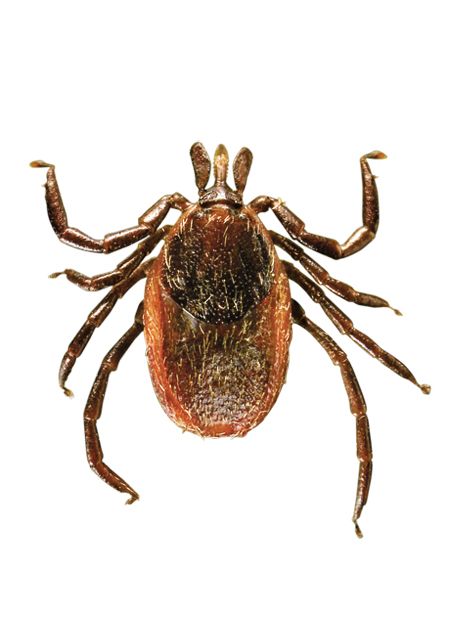Quick quiz: Tick-transmitted disease – Can you make the diagnosis?
Test your knowledge of common tick-borne diseases by reading through the clinical signs and making a diagnosis.
Ticks are creepy little bloodsucking vectors of pathogens. When patients come in with clinical signs of these diseases are you on your diagnosis “A-game?” Test your knowledge by reading through the clinical signs listed below and choosing the disease you think is the culprit. Then click to the next page and see if you're correct.
Getty Images

The deer or black-legged tick (Ixodes scapularis) pictured above is a common carrier of the pathogen that can cause these clinical signs:
Answer choices:
A. Babesiosis
B. Ehrlichiosis/anaplasmosis
C. Lyme disease
D. Rocky Mountain spotted fever
If you chose Lyme disease, you are correct! Good job.
Shutterstock.com

The American dog tick (Dermacentor variabilis) , pictured here, is the most common carrier of the disease that can cause these clinical signs:
> Thrombocytopenia
> Leukocytosis
> Fever
> Lethargy
> Anorexia
> Pain
> Petechia
> Jaundice
> Neurologic signs
Answer choices:
A. Babesiosis
B. Ehrlichiosis/anaplasmosis
C. Lyme disease
D. Rocky Mountain spotted fever
If you chose Rocky Mountain spotted fever, that is the right answer!
Shutterstock.com

The brown dog tick (Rhipicephalus sanguineus) often carries the pathogen that can cause these signs:
> Thrombocytopenia and anemia
> Fever
> Lymphadenopathy
> Splenomegaly
> Pigmenturia
> Jaundice
Answer choices:
A. Babesiosis
B. Ehrlichiosis/anaplasmosis
C. Lyme disease
D. Rocky Mountain spotted fever
If you chose babesiosis, that is correct!
Shutterstock.com

The brown dog tick (Rhipicephalus sanguineus), already mentioned previously, also transmits the pathogen that can cause the following clinical signs:
> Thrombocytopenia
> Pancytopenia
> Fever
> Lethargy
> Anorexia
> Weight loss and vomiting
> Epistaxis, petechia or ecchymosis also may be present
> Hyperglobulinemia
> Hypoalbuminemia
> Lymphadenopathy
>Proteinuria
> Polyarthritis
> Uveitis
Answer choices:
A. Babesiosis
B. Ehrlichiosis/anaplasmosis
C. Lyme disease
D. Rocky Mountain spotted fever
If you chose ehrlichiosis/anaplasmosis, great job. That is the correct answer. You are a tick-transmitted disease genius.
Information sourced here, here and here.
